When Hurricane Hazel struck the city in October 1954, I was a teenager. It was the worst natural disaster the city ever endured. This is the third post detailing major events reported in the daily newspapers in Toronto during the 1950s. To view the previous posts on newspapers of the 1950s:
Part One: https://tayloronhistory.com/2015/03/23/torontos-daily-newspapers-of-the-1950spart-1/ and
Part Two: https://tayloronhistory.com/2015/03/24/torontos-newspapers-of-the-1950spart-ii/
Part Three: Hurricane Hazel, October 15, 1954.
The Toronto Daily Star of Monday October 18, 1954, reporting the destruction of Hurricane Hazel.
Hurricane Hazel struck Toronto during the overnight hours of Friday October 15, 1954. The Humber and Don Rivers flooded, causing the authorities to declare the bridges spanning these river to be unsafe. Toronto became an island, residents unable to reach the outside world.
During the late hours of the Friday evening, I remember watching the rain pelt the windows of our home, the water gushing down the glass in torrents, the houses across the road rendered invisible. Close to midnight, when I went to bed, I had no idea what would occur throughout the city during the early-morning hours. In Toronto’s two main river valleys, flood waters rose so swiftly that many had no time to reach safety before their dwellings were either swept away or they were underwater. The worst hit was Raymore Drive, near Lawrence Avenue West and Scarlett Road, where almost 40 people perished.
The Saturday editions of the newspapers were already in print before the disastrous details of the storm were known, and in this decade, there were no Sunday newspapers. The newspapers on Monday were the first opportunities to relate the events. The following photographs are from the Toronto Daily Star of Monday, October 18, 1954.
Two houses from Raymore Drive and Gilhaven Avenue that collided, one of them demolished by the torrent of water.
Gilhaven Avenue the morning after the storm, when the flood waters had receded.
Bridge over the Don River on Bathurst Street, between Lawrence and Finch Avenues.
The devastation at Holland Marsh, near Highway 400.
A house in Holland Marsh that during the night had been surrounded by 20 feet of water.
Houses in Holland Marsh near Schomberg Creek.
Bridge over the Humber River on Lawrence Avenue West, east of Scarlett Road.
Pine Grove Park in Woodbridge Ontario.
Raymore Drive, near Scarlett Road and Lawrence Avenue West, showing the houses that were swept away by the waters.
House on Raymore Drive.
Another home on Raymore Drive.
The following passage is based on an account of Hurricane Hazel in the novel, “The Reluctant Virgin.” Details on this book are on the Home Page for this blog.
In Toronto, on Friday, October 15, 1954, weather reports announced that a storm would reach Toronto around midnight. Originating in the Caribbean nine days earlier, it had killed a thousand people in Haiti and hit mainland United States near the border between North and South Carolina. However, meteorologists declared that the storm was weakening considerably and it was unlikely that it would cause damage in the Toronto area, despite the possibility of strong winds. They also predicted that a cold front was moving eastward from the Chicago area, where it had already dumped heavy rain. No one knew that the two systems would collide to produce a storm with unbelievable winds and vast amounts of rainfall.
When Torontonians went to bed on Friday night, they were unaware of the drama, chaos, and death that would unfold under the cover of darkness. Hurricane Hazel, with all its wrath and fury was tearing across Toronto, a city that in 1954 possessed one million inhabitants. Many would not survive the night. Shortly after midnight, telephones in police stations throughout the city began ringing off the hook. Off-duty policemen were contacted and ordered to report to their precincts. The city had declared an emergency!
At one of the stations in Toronto’s west end, when two of the detectives that had been summonsed arrived, they were told that thieves had broken into a jewellery store in the town of Weston. Their cantankerous sergeant instructed them to “hustle their rear ends” and get out to Weston to prevent any further burglaries. As they drove out of the parking lot, through the steamed-up windows of the police car, they saw several cruisers heading west to Etobicoke, the source of most of the emergency calls.
Driving northwest, they encountered broken tree limbs strewn across the streets. Overhead, branches swayed back and forth in the wind, the crackling noises adding to the macabre scene. On one street, they were forced to detour around a tree that had fallen across the roadway. On Weston Road, north of St. Clair, they passed a crew repairing hydro lines downed by falling branches. As they drove past them, the police car shook as powerful gusts of wind slammed into the left side of the auto, at times lifting the car.
It was well past one o’clock in the morning when they neared Lawrence Avenue and Weston Road. The wind was stripping the few remaining autumn leaves from the trees’ branches and swirling them in tornado-shaped funnels, along with anything else they encountered in their path, including debris torn from houses and sheds. A plank ripped from a backyard fence flew past the car and several empty garbage tins crashed into the driver’s door. The rain was a wild torrent and at times visibility was so limited that they they were driving blind.
Unknown to them, back at the precinct, distress calls were jamming the switchboards. Many callers were unable to get through, the powerful winds and falling branches having cut telephone lines. Families in distress were isolated and helpless as the intensity of the storm increased with each passing minute.
Arriving In the town of Weston, the two detectives cruised slowly past the stores on Weston Road, peering through the misted car windows at the shops lining the street. At the jewellery store, a cruiser had secured the scene and the officers had arrested two young men. One of the detectives rolled down the window halfway and spoke to the arresting officer. The detective was grateful that it was not necessary for him to get out of the car.
The two police detectives continued their surveillance. They noticed that a tree branch had smashed a side window of Inches Drug Store, at the southeast corner of Weston Road and John Street, but the limb was hanging from the gaping hole, indicating that no one had ventured inside. The Squibb’s Stationary Store, Kresge’s, Reward and Agnew Surpass shoe stores, as well as the Loblaws all seemed undamaged. They dreaded finding someone in the act of committing a crime, as apprehending the criminal would be a daunting task.
As they drove cautiously along Weston Road, the radio crackled with static. They overheard an officer at the Humber River communicating with the station. He declared, “I’ve pulled a man from the river at the bridge … Lawrence Avenue … I need … ” His voice broke into small bursts and for the next several minutes, crackling noises dominated the airwaves. Then, the officer shouted, “I’ve lost contact with my partner. I think he’s somewhere on the other river bank. . .” His voice trailed off!
The officer on duty at the station told him, “Until you re-establish contact, pull anyone from the river that … try to get as far as … “ Messages were again interrupted by static, but they clearly communicated the chaos of the scene. The two detectives continued to listen.
The officer beside the river again attempted to communicate, “I see a house … floating … my God, there’s a woman clinging to it … I need a rope … I don’t … oh shit.”
“We’re sending a car … hold . . .” the station replied.
Another voice interrupted. “Where’s that relief car? I can’t …”
The officer beside the river yelled again into his microphone, “What the hell happened to the TTC truck?” There was a pause and he added, “Shit, this is the worst I’ve … ” Another pause. “I need help. A family … I think there are three kids … they’re trapped … the water’s rising fast … ” More static! “My God, they’ve been swept away.”
For several moments, the radio was silent. The detectives in the police car heard only the eerie noise of the wind howling around them. Then radio contact resumed and the officer shouted, “Good God … everything is giving way … the children are now in the hands of … I … ” The frustration and grief in his voice left the detectives speechless. They felt the sheer helplessness of those who were fighting to rescue families from the floodwaters.
Meanwhile, the rivers of rain continued to deluge the city. On the radio—static—crackling—alternated by eerie silence! Communications were at times completely severed. The silence was more ominous than the voices pleading for help, as listeners were left to their own thoughts and fears. Within a few minutes, voices resumed on the police radio.
“This is the dispatcher. Car number twenty-two is nearing to assist you. I had a report that two men are trapped in a house to the south of the bridge. Do not launch any boats. I repeat . . . do not launch any boats. They would capsize … enough dead already … three bodies … fished out … near bridge … Lawrence Avenue.” Then the dispatcher added, “Anyone who can hear me out there, proceed to Lawrence Avenue Bridge to offer assistance.”
The detectives knew that communicating with the precinct was impossible, so drove south on Weston Road and turned west on Lawrence Avenue to see if they could help the officers beside the river. When they arrived at the bridge crossing the Humber, they noticed that all the streetlights were dark. A cruiser was blocking cars from crossing the bridge, the cruiser’s flashing lights puncturing the black of the night.
One of the detectives got out of the police car and walked over to the officer at the scene, the wind and water lashing his face. The police constable was distraught, but managed to inform him that the entire western half of the bridge had collapsed. It was impossible to see across the bridge, but the officer informed him that the banks on the west side of the river were swollen and had engulfed the roadway. They then heard a thunderous noise and the ground beneath them shook. Several large boulders and a tree trunk had smashed into the remaining cement pillars supporting the eastern section of the bridge. The entire structure was clearly in danger of succumbing to the forces assaulting its foundations. They quickly backed away from the bridge.
From a safe distance, the detective asked the officer, “Where’s your partner? We heard you guys pulled out three bodies.”
“The count is now five, sir. My partner reported that a car with two people in it plunged off the west side of the bridge. In the darkness, they were not aware there was no bridge ahead of them. My partner is trapped on the west side of the bridge. He went over there before that section collapsed. He knows the area well and before he left he told me there’s a street downstream, Raymore Drive. He fears that all the houses there will be swept away. Since we arrived a half-hour ago, the water has risen over twenty feet. Residents on Raymore Drive won’t have a chance.”
The officer gazed at an approaching vehicle. “Damn!” he muttered. “There’s another bloody driver trying to cross the bridge.” The car was approaching from the east side of the bridge. As it neared the officer, the driver rolled down the car window. The officer walked over and shouted angrily, “Turn your bloody car around and get the hell out of here.” His voice was almost inaudible amidst the howling wind.
The distressed man stammered, “My wife is alone, in our home on Scarlett Road and …” The officers interrupted him as he slammed his billy stick on the side of the car and ordered the man to leave. Frustrated, the helpless man placed the car in reverse gear and backed up.
The detective understood the officer’s frustration, as it was likely the hundredth car he had redirected. Then the detective saw that his partner was beckoning him. He walked away from the river toward the parked car.
“I managed to get through to dispatch,” his partner told him. “They want us to go to the Bloor Street bridge. They need us to help control the traffic.”
It required almost an hour for them to reach the Bloor Street Bridge that spanned the Humber. Traffic was chaotic, as numerous cars had collided because of the poor visibility and the broken branches strewn about the roadways. When they arrived, they were informed that the bridge, because of the massive runoff from further up river, was in danger of collapsing. No vehicle traffic was being allowed across it. The officer in charge added, “The Lakeshore and Dundas Street bridges have also been closed, and I was told that the Old Mill Bridge has already caved-in. The city is now sealed-off from the west. No one can enter or depart the city.”
News from the dispatcher continued. On Dee Avenue in Weston, three houses had been ripped from their foundations by the flooded Black Creek and swept away. In Mount Dennis, hundreds of people had been evacuated from their homes and taken to emergency shelters. Highways surrounding Brampton had crumbled like soft mud, whole sections swept into the ditches.
Major portions of the Scarlett Road Bridge had fallen into the river, eaten away by the angry water slamming against it. The swollen river had carried large boulders and entire tree trunks in its raging waters and was pounding them into the bridge’s foundations. Some suburban streets near the Humber Valley were ten feet under water. Near Long Branch, homes had been swept into Lake Ontario, the sheer force of the wind tearing one mother’s infant son from her arms, sweeping the child into a watery grave. Throughout the city, firefighters were frantic as downed hydro wires short-circuited, igniting countless fires. Crews were busy cutting the electric wires in flooded houses to prevent more flare-ups.
Unknown to those who were fighting the flooding in the west end of the city, similar conditions were occurring in the eastern areas, as the Don River and its tributaries had also poured over their banks. Bridges there were also in danger, although the threats were not as severe, as the bulk of the rain had hit the western sections of the city, particularly the Humber Valley.
It was a night of despair that would never be forgotten.
The following morning, Saturday, the skies remained cloudy. The winds had abated and an eerie calm engulfed the rain-soaked city. In homes throughout Toronto, oatmeal was bubbling on the stoves and the coffee was perking as people listened to their radio. Details of the the aftermath of the previous night’s storm came across the airwaves. An announcer said, “As many as thirty people might be dead, and the search for bodies continues. It is impossible to estimate the extent of the property losses, but authorities are estimating that it will be in the millions. Fifteen military groups and eight army reserves, totalling over eight hundred men, are being called in to assist the city. The streets of Toronto are littered with debris and hundreds of homes have been flooded. Some streets remain underwater. The city requests that residents remain off the roads to allow crews to clean up the debris.
The flooded Humber River as seen on the morning after Hurricane Hazel swept through Toronto. City of Toronto Archives, Fonds 1257, Series1057, Item 2001
During the next two days, the bridges on the west side of Toronto remained closed. The east end of the city has not been as severely hit, as the clash between the remnants of Hurricane Haze and the cold air from the west, collided to the northwest of the city, over Brampton, where the two storm systems spilled their massive rainfall. The Humber Valley acted like a spillway, channelling the water southward through the city. Toronto had been unprepared for the fury of Hurricane Hazel’s onslaught.
On Sunday afternoon, people travelled to the Humber Valley to gaze at the river. At Scarlett Road and East Drive, the disastrous water levels attained during the dark morning hours had receded, but the river remained swollen and angry. People gazed in awe at the high-water mark on the stucco walls of the Queensbury Hotel, located near the Scarlett Road Bridge. The mud caked on the walls indicated that during the night the water had reached as high as the second-storey windows, a distance of nearly fifteen feet. They were amazed by the sight of the mature trees along the riverbank that had been uprooted and toppled, their massive roots exposed to the morning’s gloomy light. Those who approached too close to the bridge, a police officer held back.
A woman standing near the bridge looked down into the swirling water. She began crying as she pointed to the debris trapped against the support pillars of the bridge. She said that it contained the walls of her home, which had floated down the river during the night. A police officer tried to comfort her.
Those who had gathered at the scene stood silently beside the stream, still raging beyond anything they had ever witnessed. They imagined what it must have been like during the darkened hours of Saturday morning. A helicopter hovered above them, its pilot searching for bodies floating down the river. Along the riverbank, soldiers were combing through broken tree limbs and piles of debris, gathering the refuse into piles and igniting them with flame-throwers. The roof of a house floated past and was snagged by militiamen in a boat and towed to shore. When they turned it over, a man’s body floated to the surface.
A man pointed to a dead pig, its bloated pink carcass bobbing in the current. One of the soldiers employed a pole with a hook to drag it ashore, where it could be burned in the refuse pile. While it was being pulled through the current, the pig turned over in the water. It was not a pig but a young woman. The soldier gagged!
On Monday morning, further details of the storm’s devastation continued to be reported in the newspapers and over the radio. On the night of the storm, the winds had been 110 mph, and within less than twelve hours almost eight inches of rain fell on a city. It was feared that the death toll might reach a hundred. Many people remained missing and it was reported that damage would reach into the millions of dollars.
At Holland Marsh, near Brantford, during Saturday night the farms had been under twenty feet of water, only their roofs remaining visible. The boulevard between the lanes on Highway 400, where it approached Highway 401, had been a rushing river. Throughout the city, it was feared that over four thousand people were homeless, their houses either having been swept away or too badly damaged to be habitable. On Raymore Drive, south of Lawrence Avenue, fourteen houses were washed away. The water rose so rapidly that many had no chance to escape.
Hurricane Hazel was a nightmare that for many, there was no awakening.
To view the Home Page for this blog: https://tayloronhistory.com/
For more information about the topics explored on this blog:
https://tayloronhistory.com/2016/03/02/tayloronhistory-comcheck-it-out/
Books by the Blog’s Author
“Toronto’s Theatres and the Golden Age of the Silver Screen,” explores 50 of Toronto’s old theatres and contains over 80 archival photographs of the facades, marquees and interiors of the theatres. It relates anecdotes and stories by the author and others who experienced these grand old movie houses.
To place an order for this book, published by History Press:
Book also available in most book stores such as Chapter/Indigo, the Bell Lightbox and AGO Book Shop. It can also be ordered by phoning University of Toronto Press, Distribution: 416-667-7791 (ISBN 978.1.62619.450.2)
Another book on theatres, published by Dundurn Press, is entitled, “Toronto’s Movie Theatres of Yesteryear—Brought Back to Thrill You Again.” It explores 81 theatres and contains over 125 archival photographs, with interesting anecdotes about these grand old theatres and their fascinating histories. Note: an article on this book was published in Toronto Life Magazine, October 2016 issue.
For a link to the article published by |Toronto Life Magazine: torontolife.com/…/photos-old-cinemas-doug–taylor–toronto-local-movie-theatres-of-y…
The book is available at local book stores throughout Toronto or for a link to order this book: https://www.dundurn.com/books/Torontos-Local-Movie-Theatres-Yesteryear
Another publication, “Toronto Then and Now,” published by Pavilion Press (London, England) explores 75 of the city’s heritage sites. It contains archival and modern photos that allow readers to compare scenes and discover how they have changed over the decades. Note: a review of this book was published in Spacing Magazine, October 2016. For a link to this review:
spacing.ca/toronto/2016/09/02/reading-list-toronto-then-and-now/
For further information on ordering this book, follow the link to Amazon.com here or contact the publisher directly by the link below:
http://www.ipgbook.com/toronto–then-and-now—products-9781910904077.php?page_id=21
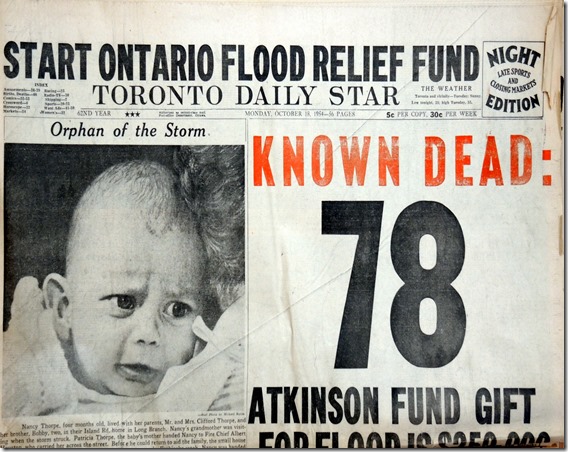
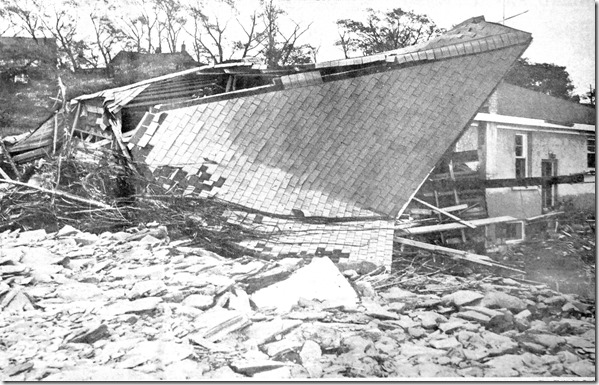
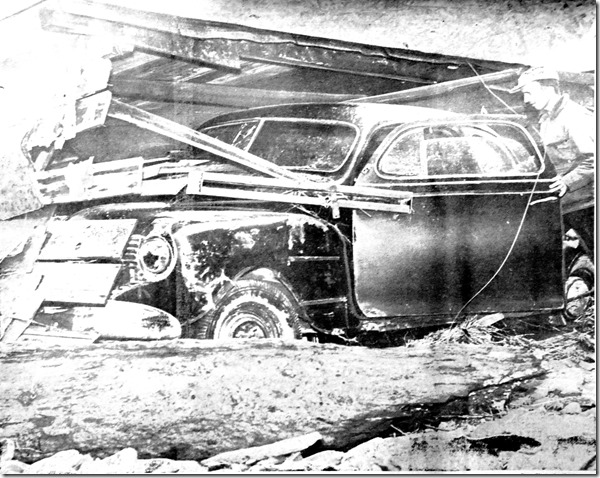

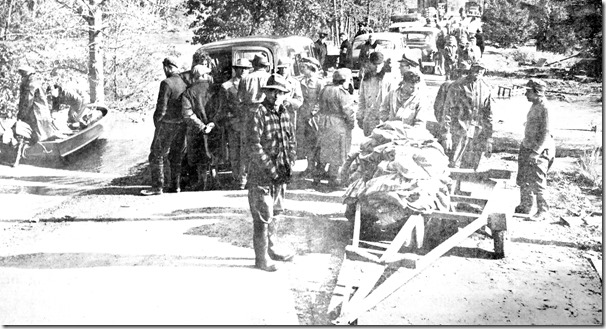
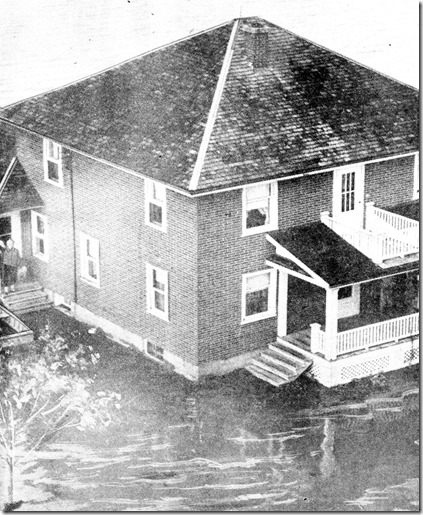
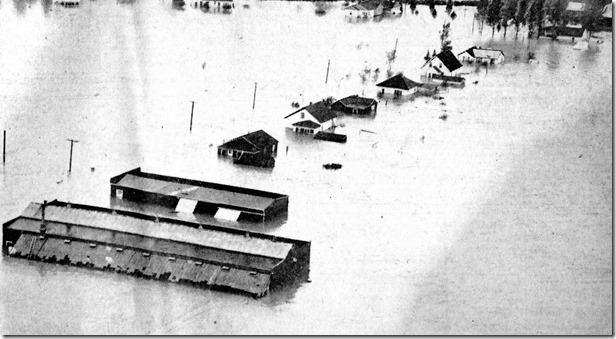
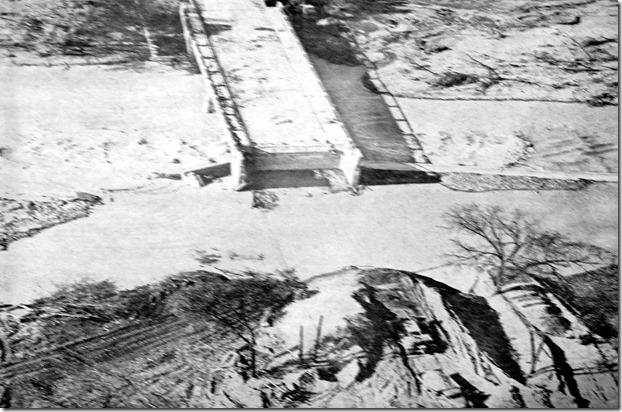
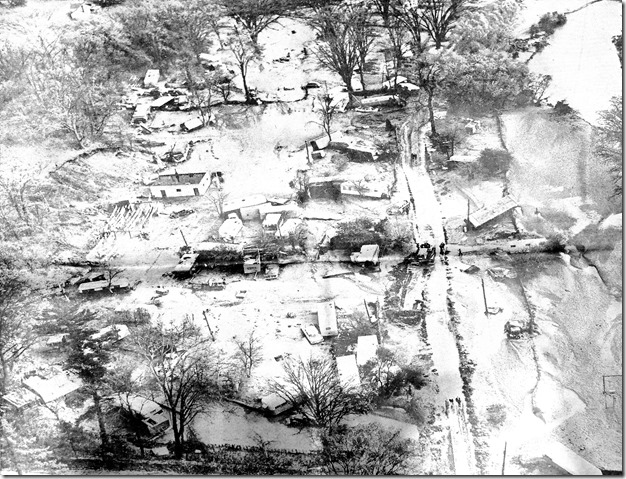
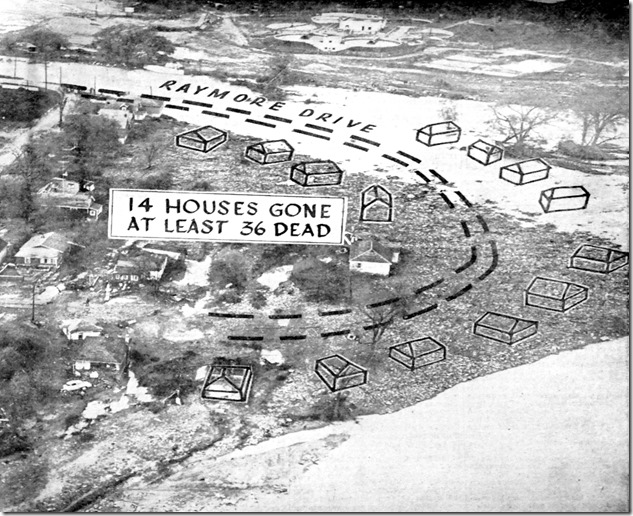
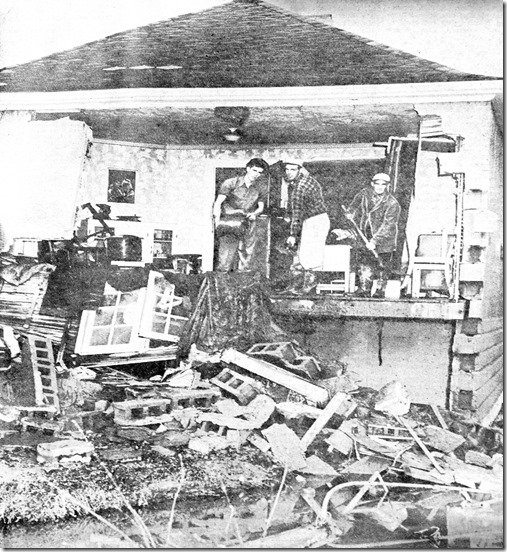
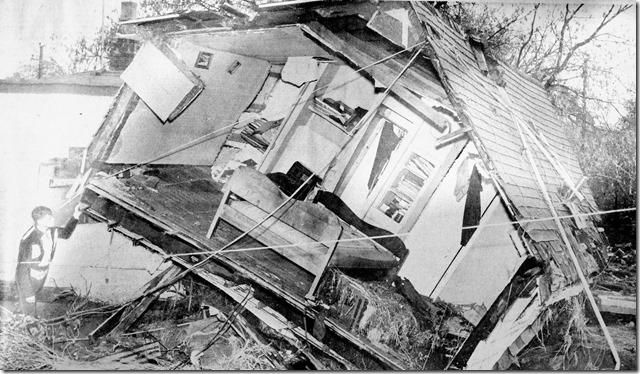

![cid_E474E4F9-11FC-42C9-AAAD-1B66D852[2] cid_E474E4F9-11FC-42C9-AAAD-1B66D852[2]](https://tayloronhistory.com/wp-content/uploads/2016/10/cid_e474e4f9-11fc-42c9-aaad-1b66d8522_thumb3.jpg)
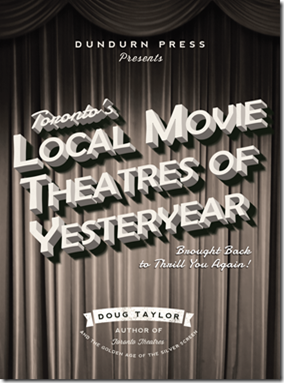



Hello Doug:
I am doing a historic walk on Hurricane Hazel in the fall and I wanted to check to find out if the accounts you mention in your book are real or part of the story you created. Can you please let me know.